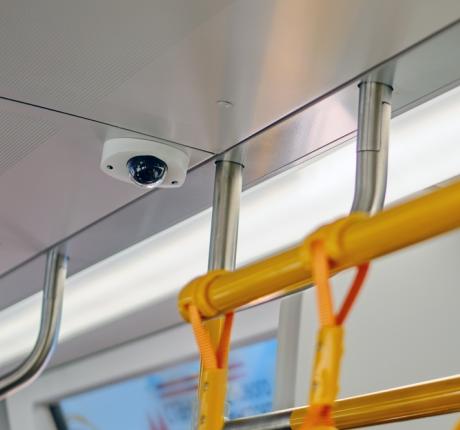
Is the cloud having its day in the sun?
Industry trends
The rail industry is catching up in cloud services, a rapidly growing way to access computing power, storage, data and software services remotely via a network, often the Internet. While rail companies were a bit hesitant at first to migrate their systems, nowadays they even use it for critical control infrastructure.
In a nutshell
- An increasing amount of railway systems are running in the cloud.
- Key benefits are 24/7 availability, cost efficiency, scalability, and a better support.
- In the future passenger information systems will heavily rely on the cloud, as Driver Only Operation and Driverless Vehicles become the new normal.
Reading digital newspapers, checking e-mails on your smartphone, or watching on-demand movies – cloud services have become part of our day to day life.
For a while, it seemed that while the entire IT world was moving systems to the cloud, an important part of the railway industry was more conservative and would - at most - only allow IT solutions to run in on-premise datacenters.
Stay up-to-date! Subscribe to our news today.
Cloud computing on the rise
Today railway systems running in the cloud are no exception anymore, even for critical control infrastructure. The control system for the Gornergrat Bahn in Switzerland is just one example of railway control systems, fully being offered as a service by a train builder (in this case Siemens) since 2017. Many other train builders are offering cloud systems and investing in their cloud strategies as well, as such also increasingly adding digital services to their portfolio. Televic is hosting back-end systems in the UK and US for both passenger information and condition based monitoring.
"High-available and future-proof back-end systems for passenger information are expected to become indispensable in a few years."
- Stefan Bouckaert
Product Management Team Lead
24/7 real-time passenger information
In an earlier story we already indicated how passenger information and fleet monitoring systems have evolved to fully connected IT systems. It is no surprise that the public cloud plays an important role in this evolution, and for good reasons:
- The transition to cloud enables well-engineered PIS solutions to offer 24/7 real-time passenger information delivery at high availability rates.
- Turn-key PIS back-end solutions can be offered almost “instantly” without the need for the transport operators to make huge investments in their own IT infrastructure or IT teams for acquiring and maintaining an on-premise data center..
- The companies can easily scale to bigger fleets at any time without the need for big upfront investments
- The service provider can offer direct support for the whole maintenance process of the back-end services for passenger information (installing updates, security patching …)
- Operating companies can rely on cloud services for availability & security controls which are not readily available or can differ significantly across on-premise environments.
Driver Only Operation and Driverless Vehicles
High-available and future-proof back-end systems are expected to become indispensable in a few years, not only for delivering real-time passenger information but also for ensuring that fleets can efficiently and reliably be operated remotely.
Driver Only Operation and Driverless Vehicles will only bolster the need to set up communication with and collect data from vehicles in a reliable way.
About the author: Stefan Bouckaert
At Televic since 2016, Stefan is team lead for product management. An engineer by education with a keen interest in human and commercial aspects of his job, he keeps his finger on the pulse of product development from a technical and user perspective.




